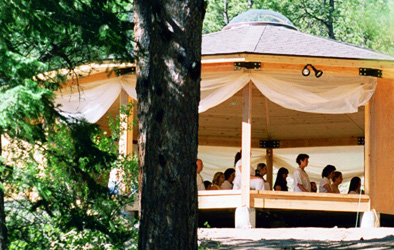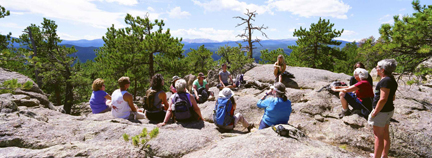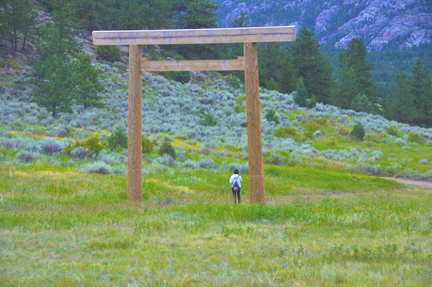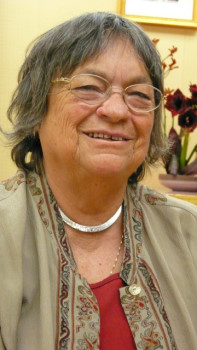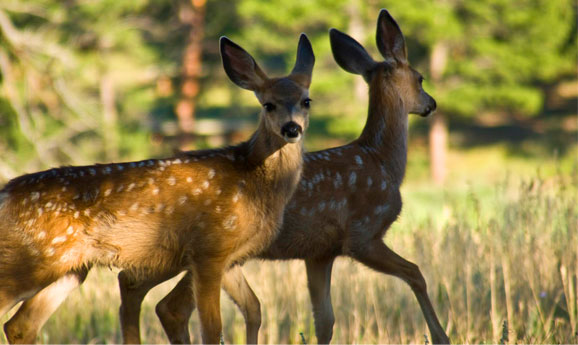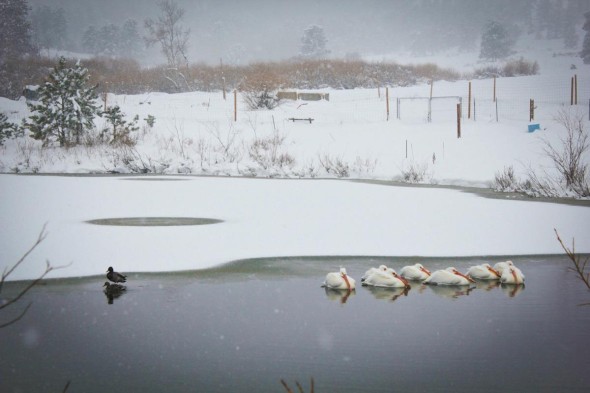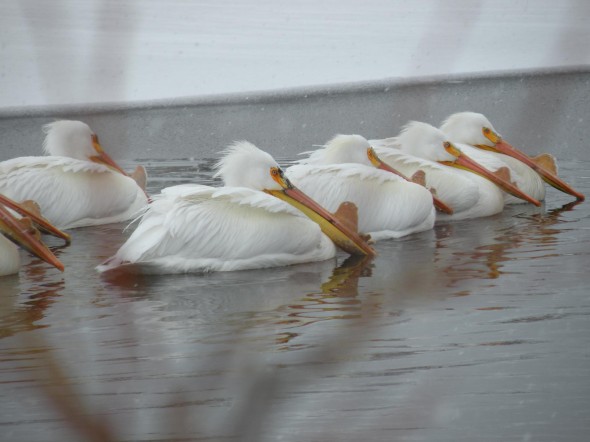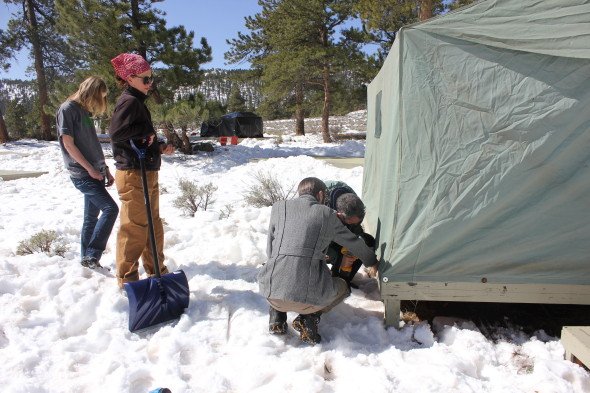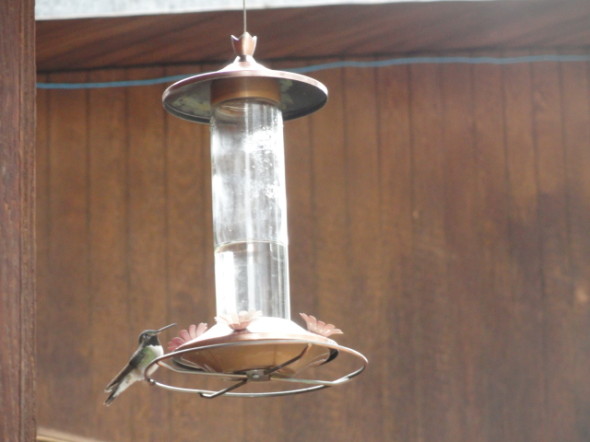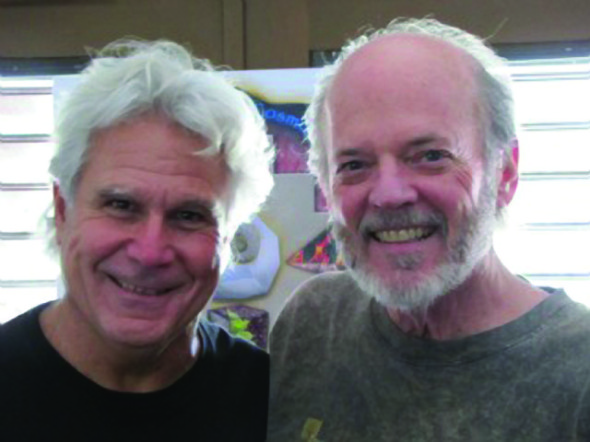 We may have been told, or we may have the sense, that within ourselves and within the Earth, there is fathomless wisdom which is available to us at all times–all we need to do is tune in.
We may have been told, or we may have the sense, that within ourselves and within the Earth, there is fathomless wisdom which is available to us at all times–all we need to do is tune in.
If this is so, we’d be hard pressed to find a better duo to guide us in that process than don Oscar Miro-Quesada–a highly empowered and well renowned shaman–and Byron Metcalf, Ph.D.–a pioneer in conscious-altering music with a background in transpersonal psychology.
In the upcoming weekend program The Shaman’s Heart: An Awakening of Compassion, Healing and Vision, these two teachers will bring together their unique and powerful medicines by “merging ancient and contemporary healing ceremonies and rhythmic techniques.”
If you feel that there are dimensions to this life, and to your very being, which you have the ability to know, but are somehow just out of reach, a weekend on the mountain with this pair of guides may very well put you in touch.
As excitedly as we invite you to join us for what is sure to be a transformative retreat, we also encourage you to first check out some of the work that don Oscar and Byron have done recently.
Byron, a percussionist, teamed up with master didgeridoo artist Rob Thomas for 2013’s “Medicine Work.” Samples from the album can be streamed on Byron’s website.
And, don Oscar has recently co-authored–along with Bonnie Glass-Coffin, Ph.D.–the highly acclaimed book titled Lessons in Courage: Peruvian Shamanic Wisdom for Everyday Life.
Among the many stellar reviews from scholars, philosophers, mystics, and well respected people in various fields for this long-awaited book, is this weighty response from Barbara Marx Hubbard of the Foundation for Conscious Evolution:
“This is a great book that can attune the worlds of indigenous peoples with the rational scientific traditions of the modern world. It guides us toward incarnation of all levels of ourselves. Oscar embodies this wholeness and reveals the processes learned in his own epic journey through fields of reality from the Earth to the Star people, from contemporary academic knowledge to the depth and power of indigenous wisdom and ritual, most especially the Pachakuti Mesa Tradition of cross-cultural shamanism. Lessons in Courage is an indispensable classic for our “generation one,” everyone on the planet, facing for the first time the evolution or devolution of Earth life by our own actions.”
Indeed, the consequences of what we may discover with the assistance of teachers such as these–or not–are profound.
Oscar Miro-Quesada and Byron Metcalf will be leading “The Shaman’s Heart: An Awakening of Compassion, Healing and Vision” at Shambhala Mountain Center on October 11-13, 2013. Click here to learn more.


